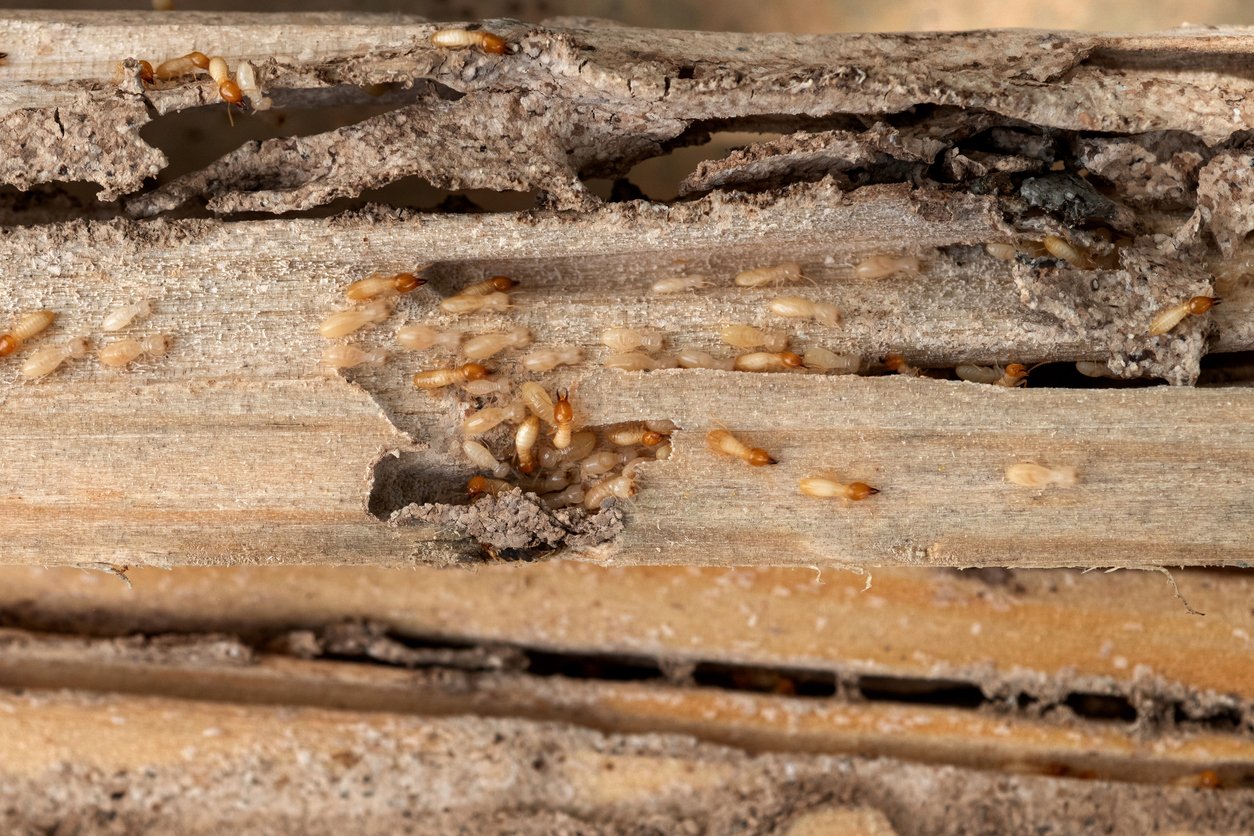Mice And Rats: What’s The Difference?

Rodents: they’re adaptable, they’re sneaky, and they might be closer neighbors than you think. A single rodent sighting usually means you’re sharing your home with some seriously awful roommates. The damage they cause is not only unsightly, but also can generate real destruction and bring unwanted pathogens and illness, too. Learning how to identify whether you have mice or rats can direct your rodent control methods toward the most effective plan of attack.

Was that a Mouse?
Mice and rats have a lot in common, but a few important distinctions set them apart. Mice are much smaller, weighing less than an ounce and being only a few inches in length. Their proportions are generally small all-around, having small heads and scampering on short legs. Their ears, however, seem large compared to the rest of their bodies. If the rodent you encountered exhibited a thin, furry tail, you’ve got a mouse in your midst.
Their small stature makes the mouse a braver forager than rats. Mice are capable of fitting through spaces smaller than your thumbnail and dashing quickly away from peril. Their anatomy has its limits, however, and their poor eyesight leaves them vulnerable to discovery. Instead of using their eyes alone as a guide, their other senses are sharp. Mice move around using mostly their hearing, smell, and even whiskers as a gauge, which means they’re more likely to get caught when you’re stationary or resting.
You don’t have to catch sight of a mouse to know they’re around. They can be discovered by following a breadcrumb trail—literally. These small rodents are known to snack on seeds, grains, and plants, often leaving bits of food and chewed packaging behind. Unfortunately for homeowners, where there is food, there is waste. Mouse droppings are not only extremely unpleasant to discover—they can bring in serious illness and viruses as well. The small, pointed pellets they leave behind may be found close to food sources, contaminating your mealtimes without your knowledge.

Do I have Rats?
You’ve likely heard the off-putting data point that there is at least one rat per person in the United States, a dreadful estimation that could task most of us with taking a second look around the house to ensure we’re not unwittingly housing any of them. Rats’ larger size is their most easily recognized feature. An adult rat can mature to be between twelve to eighteen inches long, accounting for their long, heavy tails. A rat’s tail, unlike those on mice, is hairless and scaly. Though their tails are longer, rats’ ears are relatively small for their heads. In an unlucky sighting, a rat’s anatomical proportions are a dead giveaway.
Rats are known to be more territorial and cautious than mice. They’re active primarily at night and take great care to scamper around unseen. Creatures of habit, they forage in familiar feeding spots, but aren’t likely to leave many crumbs or scraps behind. Rats have ravenous appetites. They aren’t as discerning as mice when choosing their meals, feasting even on non-food household items that are even remotely aromatic. Though rats are larger, they’re still unfortunately able to scavenge in tight spots and can swim or climb to find shelter and food.
Rats are also notorious for leaving tiny clues of their occupancy in their wake—the worst of which is their feces. Their blunt, capsule-shaped droppings are usually left in the same areas and are recognizably larger than those left by their mouse counterparts. These droppings are equally as detrimental. If you’ve discovered them in your home, chances are these rodents have also left some significant contaminants in their tracks.

Why it matters
If you’ve identified the presence of either species, your next step is to consider the potential consequences brought about by their unfortunate presence. Rat and mouse droppings are not only categorically disgusting, the Centers for Disease Control and Prevention (CDC) has specific cautions and instructions on their removal. Disturbing droppings during removal can cause potential toxins to become airborne, and homeowners are cautioned to take on the task armed with tough disinfecting solutions while wearing gloves and masks.
Mice and rats both have continuously growing incisors that need to be filed down through chewing. If you’ve noticed small teeth marks on food items, holes in the walls, or gnawed wires, it’s best to start taking action right away. Their incessant chewing can pose a real fire risk if their nibbling leads them to gas lines or electrical wires. Be aware that rats’ bigger size means they’re capable of causing a larger amount of damage in a smaller amount of time when compared to their smaller mice cousins.
If you discover signs of a rodent infestation, determining which of these pesky intruders you’re dealing with will be the first step in designing a rodent control plan that is most effective. While mice and rats share many of the same characteristics and carry some of the same risks, these rodent types can require different approaches for removal.
To step up your DIY efforts, consider contacting a pest control professional for advice on identification and removal. Trained professionals are qualified to safely classify and remove mice, rats, and any other pests squatting in your home. Give us a call—our specialists are happy to help diagnose and implement a plan that will keep your home safe and rodent-free.



